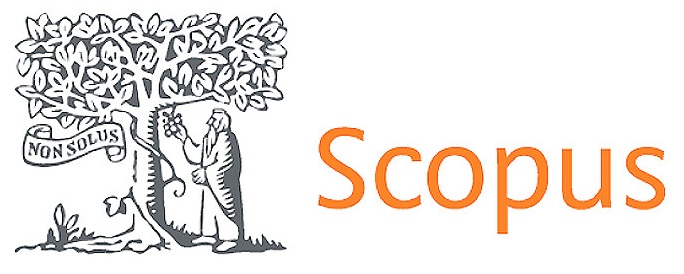Harnessing Special Interests: A Strength-Based Framework for Enhancing Interventions in Autism Spectrum Disorder
DOI:
https://doi.org/10.56294/hl2025928Keywords:
Autism Spectrum Disorder, special Interest, Strength-based Model, Intervention Framework, Therapeutic AssetAbstract
Introduction: Traditional interventions for children with autism spectrum disorders (ASD) focus primarily on correcting deficits, often ignoring the unique strengths and intrinsic motivation of the individual. One such underutilized strength is special interests, highly focused passions that are both common and unique among individuals with ASD. Emerging insights suggested that incorporating these special interests into intervention strategies can significantly enhance engagement, skill acquisition, and overall treatment outcomes.
Methods: Employed a theoretical construction method using literature review, inductive reasoning, and model development. It reviewed the relevant literature, and the findings were then distilled through an inductive process to develop a generalizable practical framework.
Results: A novel conceptual framework was proposed, repositioning SIs as foundational elements of intervention design. This framework outlined a five-stage process: (1) identification of special interests, (2) alignment of therapeutic goals with interests, (3) integration across multiple domains, (4) enhanced engagement and motivation, and (5) improved skill acquisition and emotional well-being. Furthermore, five practical application modules were presented: an integrated learning module, a peer-mediated module, a creative expression module, a technology-assisted module, and a family-centered module.
Conclusions: Reframing special interests as therapeutic assets rather than barriers offered a promising direction for intervention. This framework suggested a move toward more individualized, empowering, and effective interventions for individuals with ASD.
Downloads
Published
Issue
Section
License
Copyright (c) 2025 Xueyan Jiang, Syazwani Drani (Author)

This work is licensed under a Creative Commons Attribution 4.0 International License.
The article is distributed under the Creative Commons Attribution 4.0 License. Unless otherwise stated, associated published material is distributed under the same licence.






